Polar V800 GPS Sports Watch review
The Polar V800 offers a seemingly inexhaustible list of features, but can it justify the exclusive price-tag?
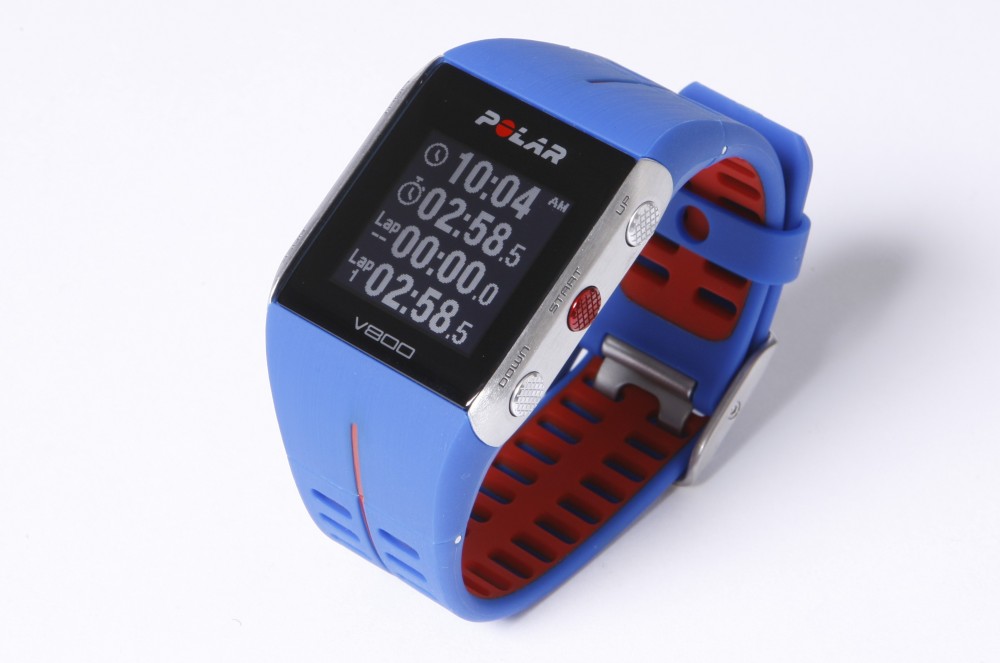
-
+
Doubles as cycling computer and activity tracker (and watch)
-
+
Strong, accurate GPS signal
-
+
Smart extra features
-
+
Excellent connected smartphone apps
- +
-
-
Not compatible with ANT+ accessories
-
-
A little bulky
-
-
Battery life could be better with GPS
- -
You can trust Cycling Weekly.
The Polar V800 straddles the divide between dedicated cycling computer and the fitness and activity trackers that have really taken off in the last year or so. This puts it on a collision course with Garmin’s impressive Forerunner 920XT, but in general we’d say it matches up quite well.
As far as the hardware is concerned we were largely impressed with the Polar V800. On a day-to-day basis it was just as unnoticeable as we’d expect from a standard watch, being comfortable to wear and not too weighty. However on the bike we found it to be a little bulky, especially when riding during winter when it was difficult to fit under jacket and gloves. That said if you’re using this as your only cycling computer, you’re probably going to want to mount the watch on the handlebars, in which case Polar offer a mount which can be purchased separately for £7.35.
On the bike the Polar V800 will measure everything you’d expect from a £350 computer. Heart rate, cadence, and power are all ticked off, and all have good connectivity with the watch unit, with connections only dropping rarely, and even then only for short periods of time. The main problem here is that Polar connects with external devices using Bluetooth rather than the ANT+ system used by most other manufacturers. This isn’t too much of a problem when buying relatively inexpensive heart rate and cadence sensors (the heart rate sensor is available to purchase alongside the V800 for an additional £50), but effectively limits your choice of power meter to the Polar Look Keo pedal-based power meter, Stages power meter, or the soon-to-be released 4iii Precision system.
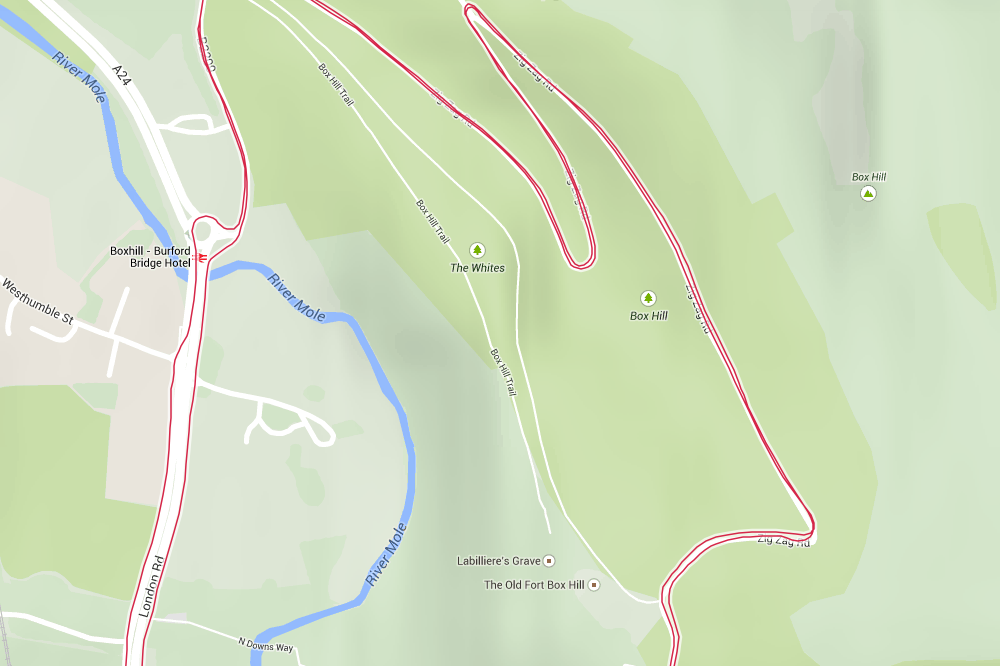
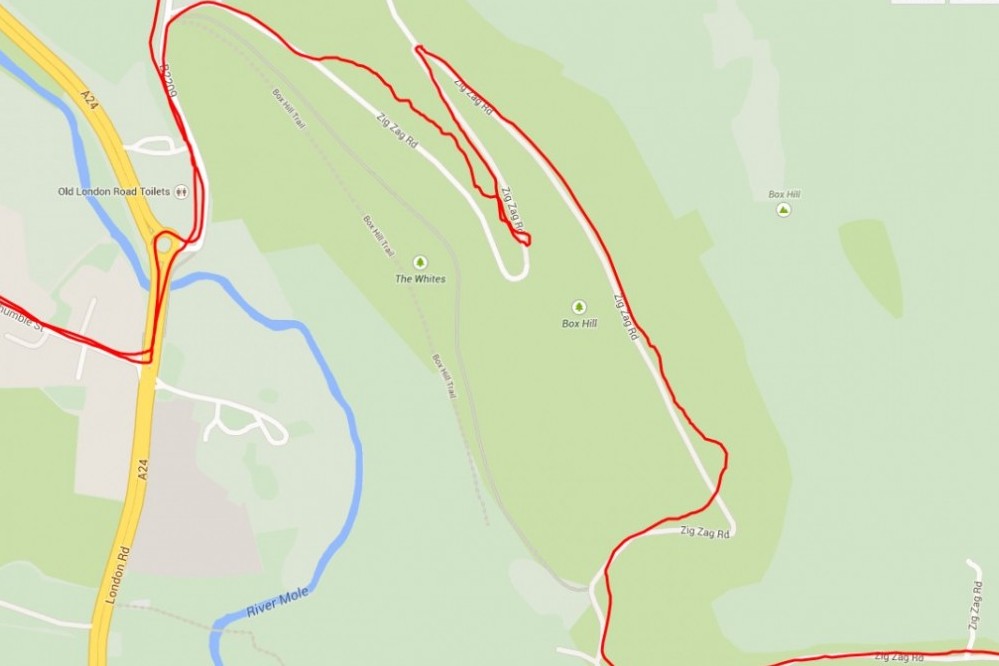
Other simpler metric such as speed and distance are covered by the Polar V800's superb GPS, which proved very reliable thanks to its strong signal, never causing us to miss out on a Strava KOM thanks to a poor GPS signal, as was the case with the Bryton Rider 60 we tested last year. The only problem we had with using the V800 to record rides through GPS was the serious drain this had on battery life. If you are just using the watch to tell the time and monitor daily activity then the battery will last a full month, but after using it for a couple of long rides we were soon reaching for the USB charger – not something you want to be doing often if you’re also using it to monitor daily activity, although it's still good for around 8 hours of recording. Admittedly there is an option to lower the power of the GPS signal in order to save battery, but this is a compromise we’d rather avoid.
If you want to follow a pre-defined route, you can download this to the watch via the web app. You don't get a full map, but the breadcrumb trail is fairly easy to follow and is accompanied by off-route alerts and distance to finish.
For the more all-round athletes amongst you, we should also mention that the Polar V800 also features modes for running and swimming (it is waterproof down to 30m), with swimming metrics built into the watch, and running metrics available with the purchase of a Polar Stride sensor.
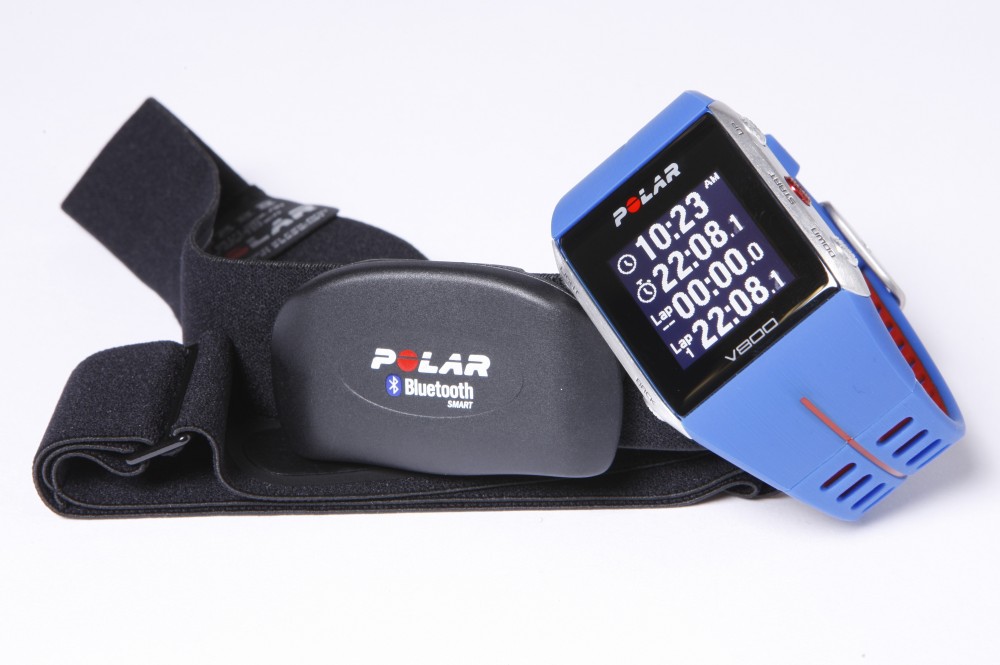
The rise of wearable tech, from fitness trackers to smart watches, has become difficult to ignore over the last 12 months, with products such as the Garmin Vivoactive flooding to market. The 24/7 activity tracking provided by the Polar V800 monitors your movement whenever you’re off the bike, working out whether you’re lying down, sitting, standing, or walking, a job that it does pretty well despite occasionally struggling to differentiate between sitting and standing. Your activity is then added up as you work towards a daily activity goal.
Other neat features of the activity is its sleep monitoring, which records the length that you were asleep as well as the proportion of this that was restful or restless, and inactivity alerts to remind you when you’ve been sitting behind your desk for too long and need to get the blood flowing a little.

From an athlete’s point of view, one feature we really liked was the Polar V800’s ability to measure recovery status. Training load is deduced either from heart rate or power with the V800 then telling you how long it will take to fully recover from a session, with the accuracy of this being improved through an orthostatic test on the watch, which effectively monitors the effect of standing up on your heart rate. This is a very useful tool to prevent overtraining, allowing you to increase to effectiveness of hard training sessions but making sure you hit them after proper recovery from previous sessions by helping you to decide if you need to push them back by a few hours.
>>>Five ways to tell whether you're overtraining
With all this data at your disposal you’re going to need somewhere to look at it, which is where we move on to the major benefit of using Bluetooth: connectivity with non-fitness devices. The push of a button is all that’s needed to sync data from the V800 to the free Polar Flow app (available on both iOS and Android), which allows for easy visualization of all your data. The web version of Flow allows for even greater analysis of the data, and is incredibly user-friendly, also including an option to export sessions as .TCX files, meaning they can then be uploaded to Strava. You can also set up your account to sync automatically with Strava. The Polar V800 supports Strava Live segments too.
For more details visit the Polar website.

Thank you for reading 20 articles this month* Join now for unlimited access
Enjoy your first month for just £1 / $1 / €1
*Read 5 free articles per month without a subscription

Join now for unlimited access
Try first month for just £1 / $1 / €1
Get The Leadout Newsletter
The latest race content, interviews, features, reviews and expert buying guides, direct to your inbox!
Henry Robertshaw began his time at Cycling Weekly working with the tech team, writing reviews, buying guides and appearing in videos advising on how to dress for the seasons. He later moved over to the news team, where his work focused on the professional peloton as well as legislation and provision for cycling. He's since moved his career in a new direction, with a role at the Department for Environment, Food and Rural Affairs.
-
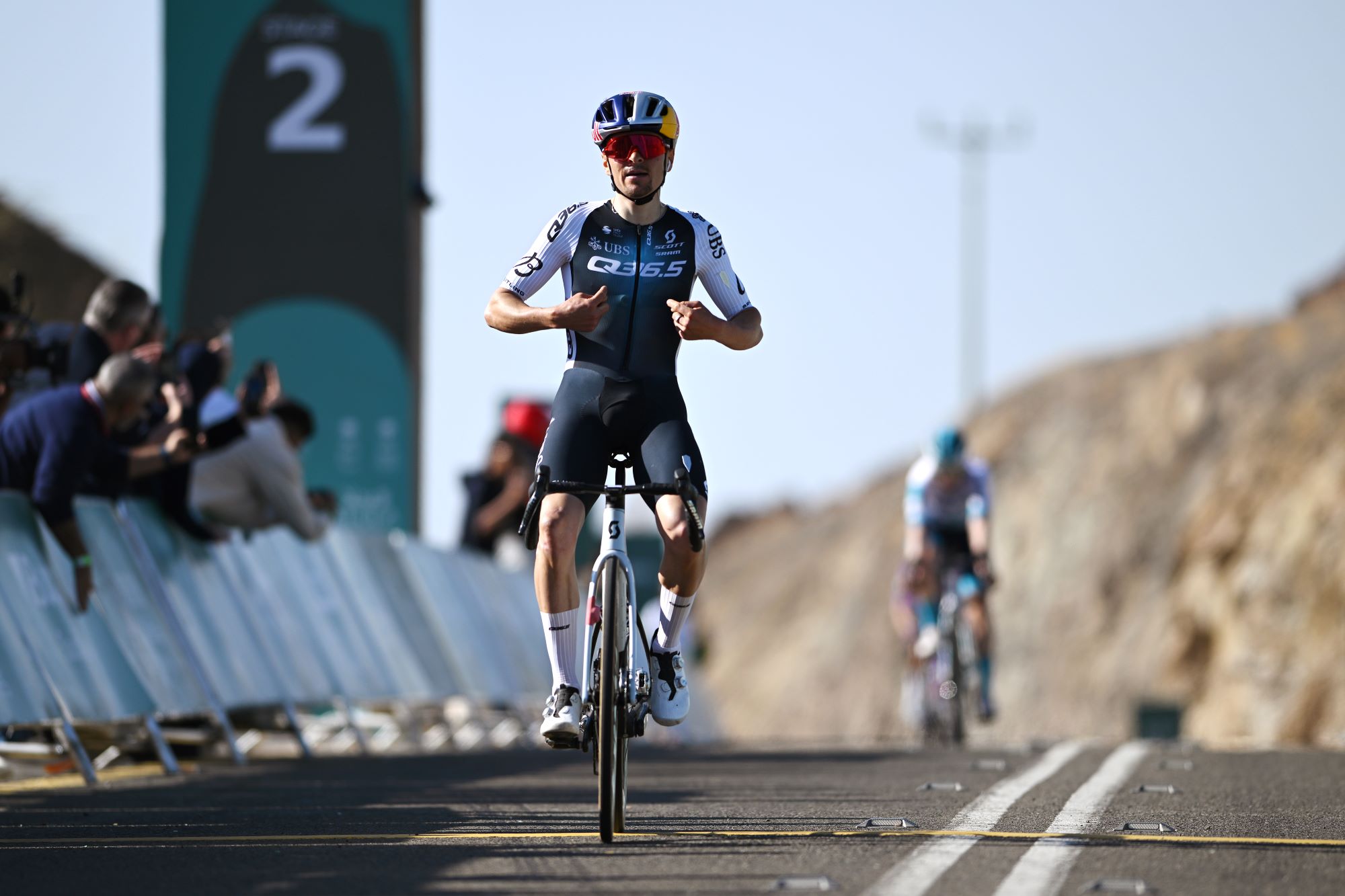 What does Q36.5 mean? We asked the people behind the Italian kit brand that sponsors Tom Pidcock's team
What does Q36.5 mean? We asked the people behind the Italian kit brand that sponsors Tom Pidcock's teamQ36.5's Luigi Bergamo and Lodovico Pignatti Morano take on Cycling Weekly's Q&A
By Tom Thewlis Published
-
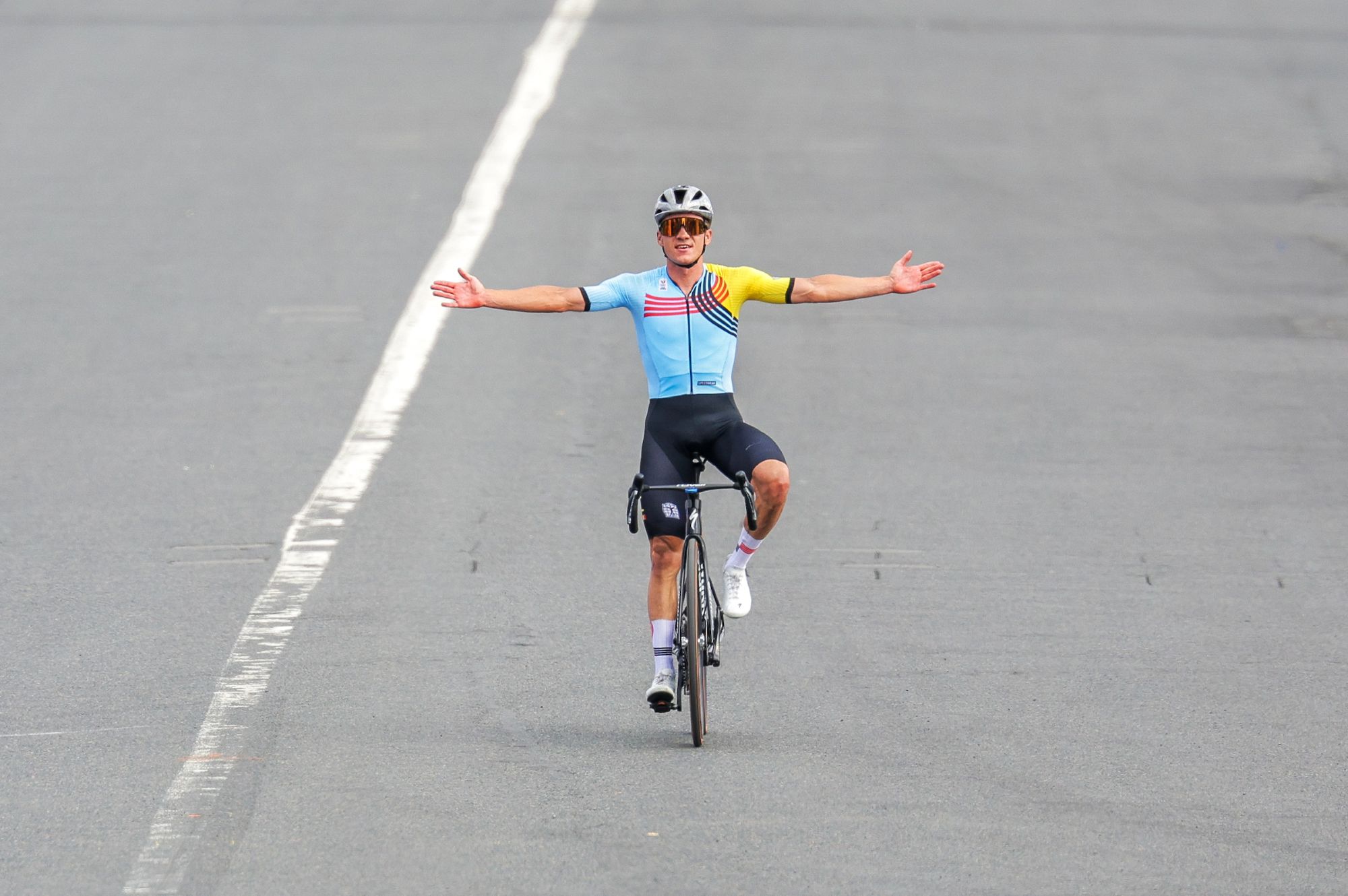 'If I were a tennis player then my career would be over': Remco Evenepoel contemplated early retirement after serious training accident
'If I were a tennis player then my career would be over': Remco Evenepoel contemplated early retirement after serious training accidentDouble Olympic champion was left with nerve damage and says his shoulder is not yet fully healed ahead of his return to racing at Brabantse Pijl
By Tom Thewlis Published
-
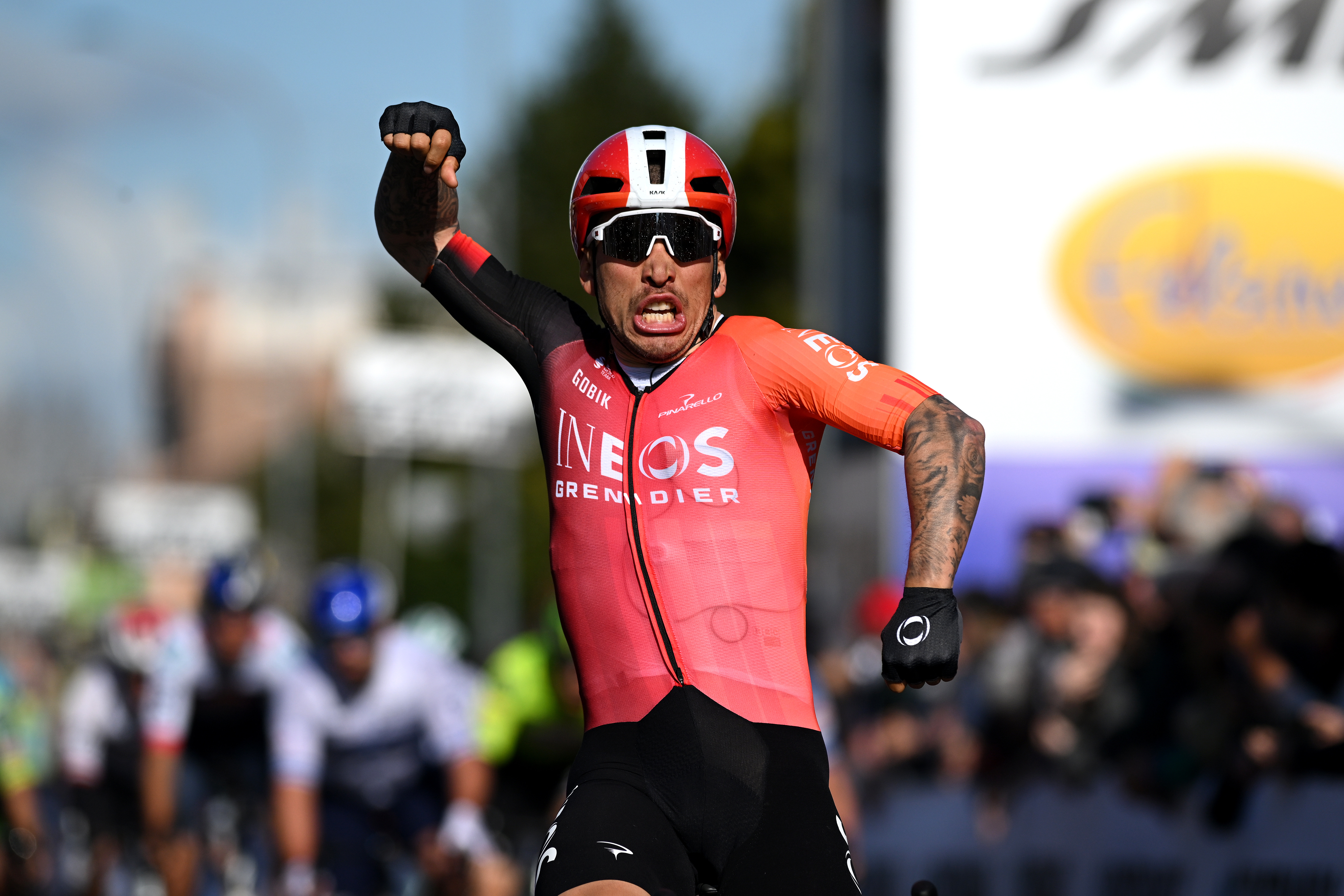 'It can really push me along' - How a velodrome comeback is making Caleb Ewan faster on the road
'It can really push me along' - How a velodrome comeback is making Caleb Ewan faster on the roadAustralian says he'll "definitely" continue track work after rekindling passion
By Tom Davidson Published